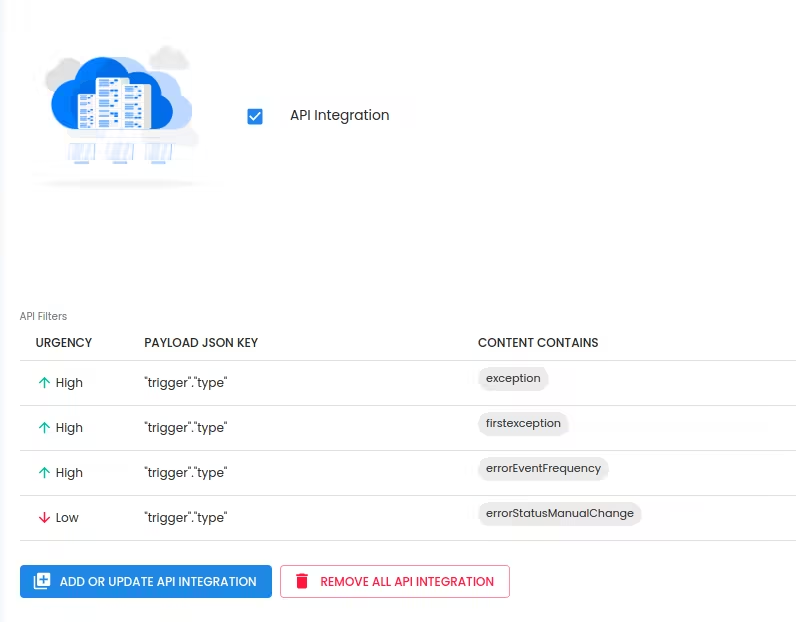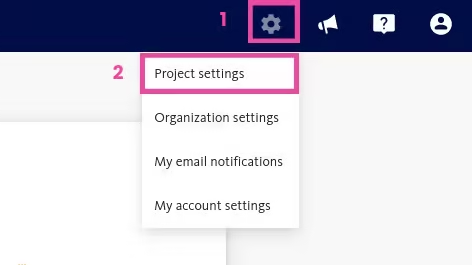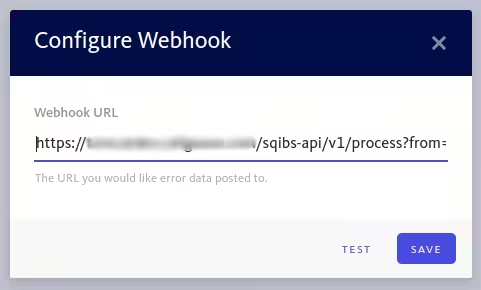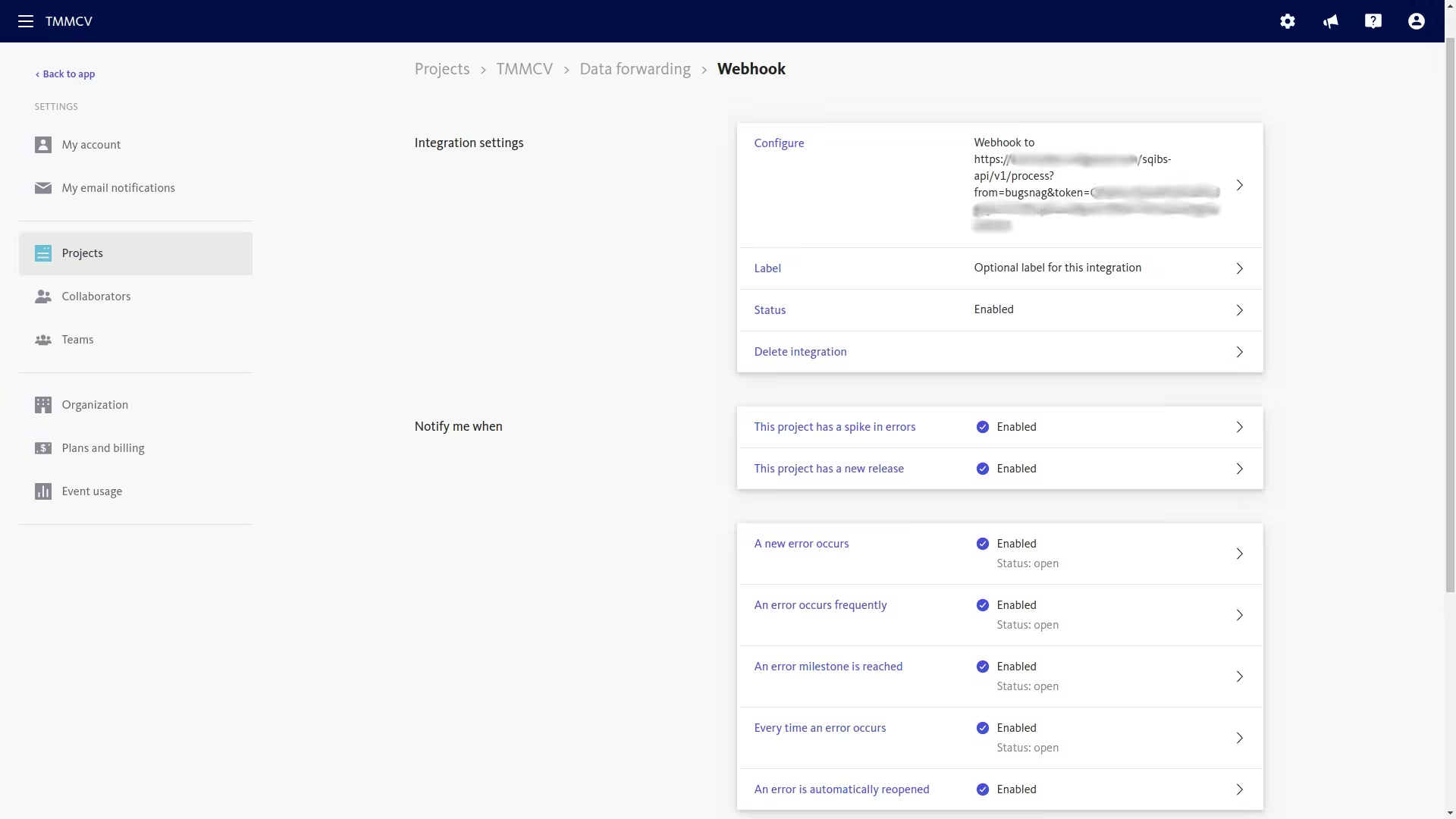Integrations
Bugsnag
This document shows you how you can integrate Callgoose SQIBS with Bugsnag.
Incidents will be creating in Callgoose SQIBS when there is a incident created in Bugsnag as per the workflows configured by you in the Bugsnag
In Callgoose SQIBS
Create filter as per the Bugsnag workflows.
- For test purpose, create an API filter like this

After test, create suitable API filter values depending on the payload sent by Bugsnag to create a meaningful incident.
In Bugsnag
1. First click on Settings icon
Second select project settings

2. Go to Integrations and email and click on data forwarding

3. Select Webhook to configure the custom webhook

4. Paste the Webhook URL copied from SQIBS under Webhook URL
URL : Enter your API Endpoint
Click on Save

Click on Test to send this notification to Callgoose SQIBS to test
Please make sure you have added API filter contains values in Callgoose SQIBS before you send test notifications.
You can decide on ‘what Bugsnag payload’(customise the values in the Custom payload section) you need notifications in Callgoose SQIBS and depending upon that you can create the API filter values in the Callgoose SQIBS
Bugsnag payload
You can see that Callgoose SQIBS created the Incident as per the above Bugsnag payload values’

6. Click on the Webhook to configure when you should be notified for errors by enabling different options in the Notify me when section.

Check Bugsnag's documentation to understand what each of these settings mean and when you would be notified
When Bugsnag payload 'error.status' value is 'open,' it triggers an incident in SQIBS. Likewise, when the 'error.status' is 'fixed,' it automatically resolves the incident in SQIBS.
Now whenever an alert notification is triggered in Bugsnag, an incident will automatically be created in Callgoose SQIBS if the API Filter is success for the payload.

